 « On World Environment Day, the message is simple: reject single-use plastic. Refuse what you can’t re-use. Together, we can chart a path to a cleaner, greener world. » — Secretary-General, António Guterres
« On World Environment Day, the message is simple: reject single-use plastic. Refuse what you can’t re-use. Together, we can chart a path to a cleaner, greener world. » — Secretary-General, António Guterres
Humans are both creatures and moulders of their environment, which gives them physical sustenance and affords them the opportunity for intellectual, moral, social and spiritual growth. In the long and tortuous evolution of the human race on this planet a stage has been reached when, through the rapid acceleration of science and technology, humans have acquired the power to transform their environment in countless ways and on an unprecedented scale.
The United Nations, aware that the protection and improvement of the human environment is a major issue, which affects the well-being of peoples and economic development throughout the world, designated 5 June as World Environment Day. The celebration of this day provides us with an opportunity to broaden the basis for an enlightened opinion and responsible conduct by individuals, enterprises and communities in preserving and enhancing the environment. Since it began in 1974, it has grown to become a global platform for public outreach that is widely celebrated in more than 143 countries.
“Beat Plastic Pollution”
Each World Environment Day is organized around a theme that focuses attention on a particularly pressing environmental concern. The theme for 2018, “Beat Plastic Pollution,” is a call to action for all of us to come together to combat one of the great environmental challenges of our time. The theme invites us all to consider how we can make changes in our everyday lives to reduce the heavy burden of plastic pollution on our natural places, our wildlife – and our own health. While plastic has many valuable uses, we have become over-reliant on single-use or disposable plastic – with severe environmental consequences.
Annually, the United Nations Environment Programme (UNEP) organises various events but this year, the day is being hosted by Pakistan. The UN General Assembly had established World Environment Day on the first day of the Stockholm Conference on Human Environment.
The theme for year`s World Environment Day is ‘Ecosystem Restoration.’ This year will also mark the formal launch of the UN Decade on Ecosystem Restoration 2021-2030.
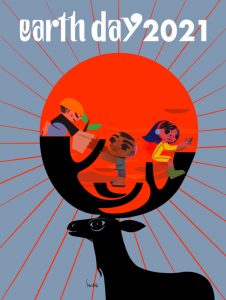
 World Food Day is annually held on October 16 to commemorate the founding of the United Nations’ (UN) Food and Agriculture Organization (FAO). Each year has a different theme.
World Food Day is annually held on October 16 to commemorate the founding of the United Nations’ (UN) Food and Agriculture Organization (FAO). Each year has a different theme.

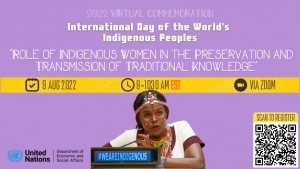 In 2004 the assembly proclaimed the Second International Decade of the World’s Indigenous People (2005-2014). The assembly also decided to continue observing the International Day of Indigenous People annually during the second decade. The decade’s goal was to further strengthen international cooperation for solving problems faced by indigenous peoples in areas such as culture, education, health, human rights, the environment, and social and economic development.
In 2004 the assembly proclaimed the Second International Decade of the World’s Indigenous People (2005-2014). The assembly also decided to continue observing the International Day of Indigenous People annually during the second decade. The decade’s goal was to further strengthen international cooperation for solving problems faced by indigenous peoples in areas such as culture, education, health, human rights, the environment, and social and economic development.
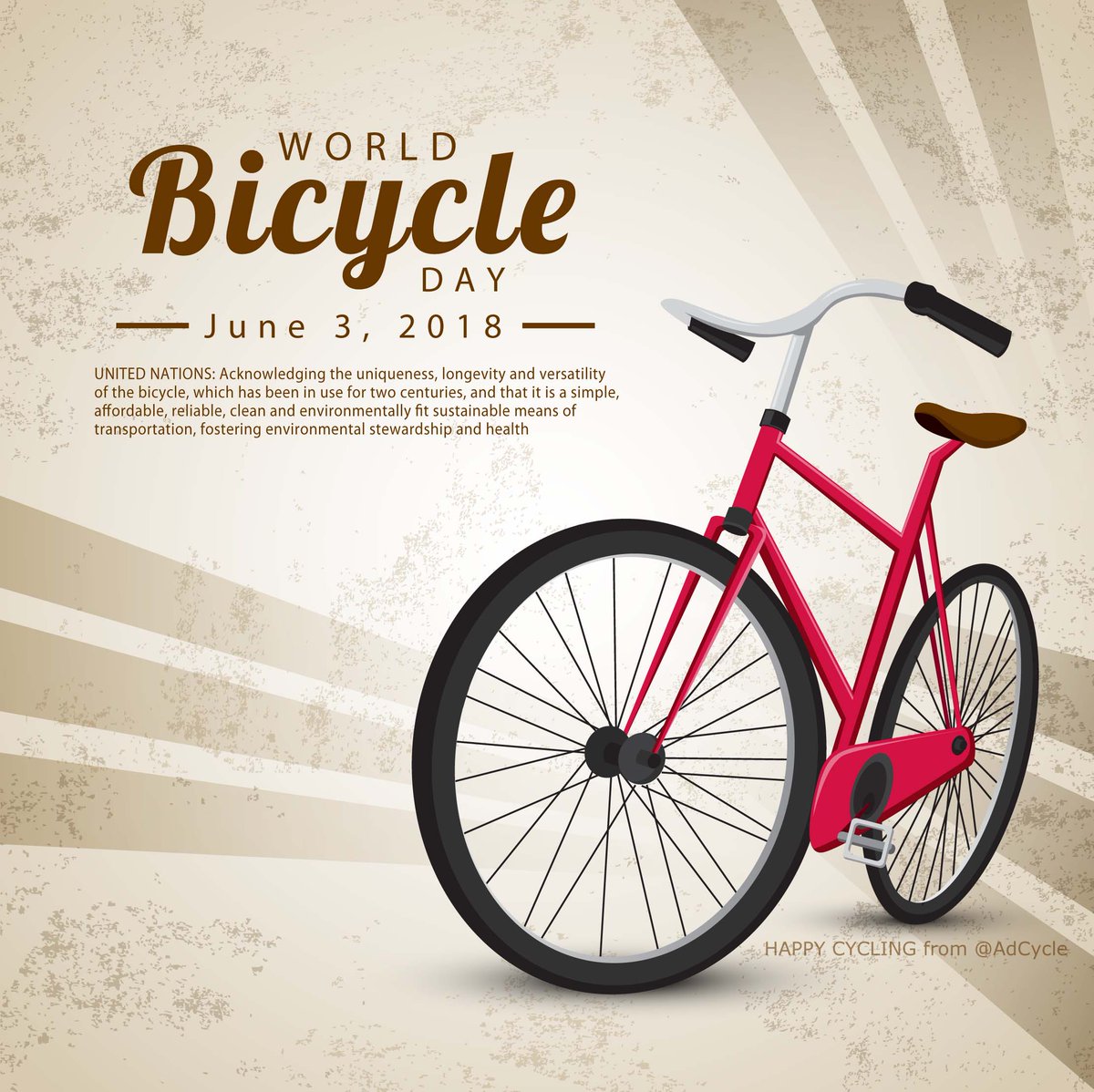 BRUSSELS, Belgium – The worldwide promotion of cycling has entered an all new phase now the United Nations has declared June 3rd as International World Bicycle Day. The resolution, discussed on 12 April 2018 at the 72nd Regular Session of the UN General Assembly, was adopted by a consensus of 193 member states.
BRUSSELS, Belgium – The worldwide promotion of cycling has entered an all new phase now the United Nations has declared June 3rd as International World Bicycle Day. The resolution, discussed on 12 April 2018 at the 72nd Regular Session of the UN General Assembly, was adopted by a consensus of 193 member states.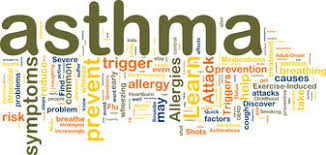
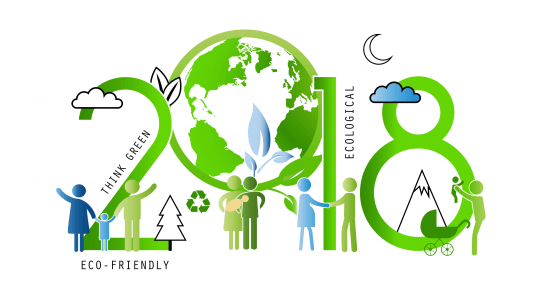 What is Earth Day?
What is Earth Day?